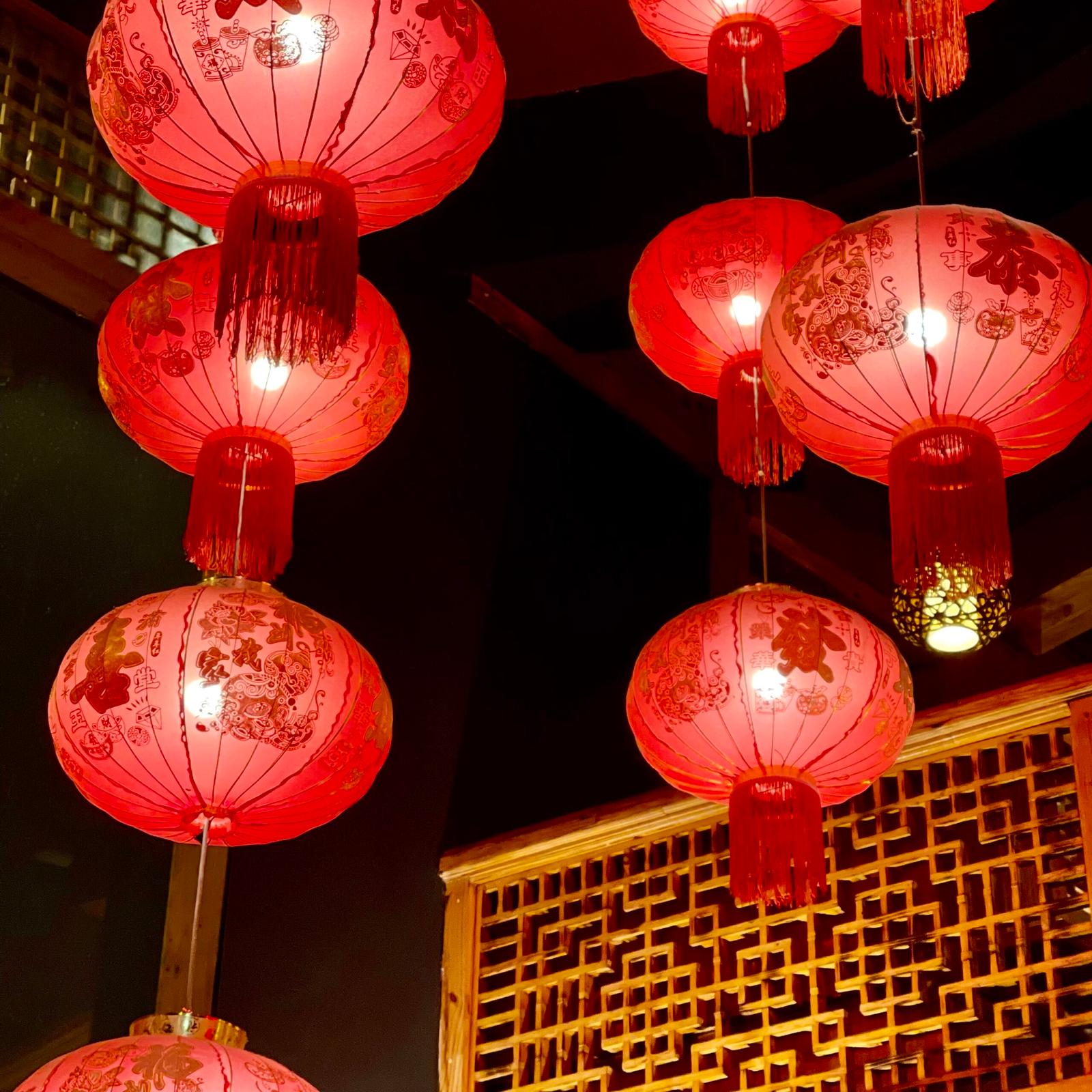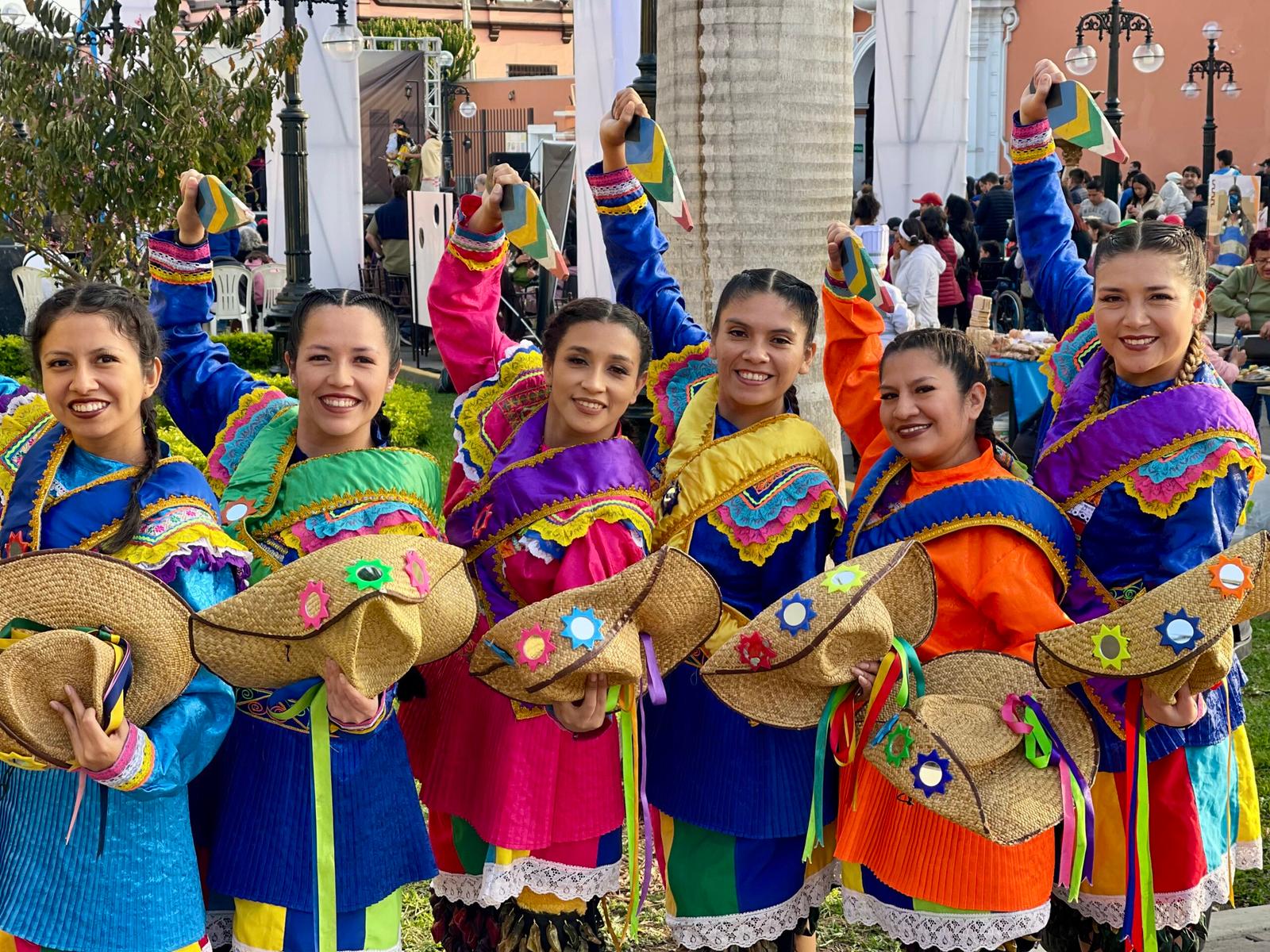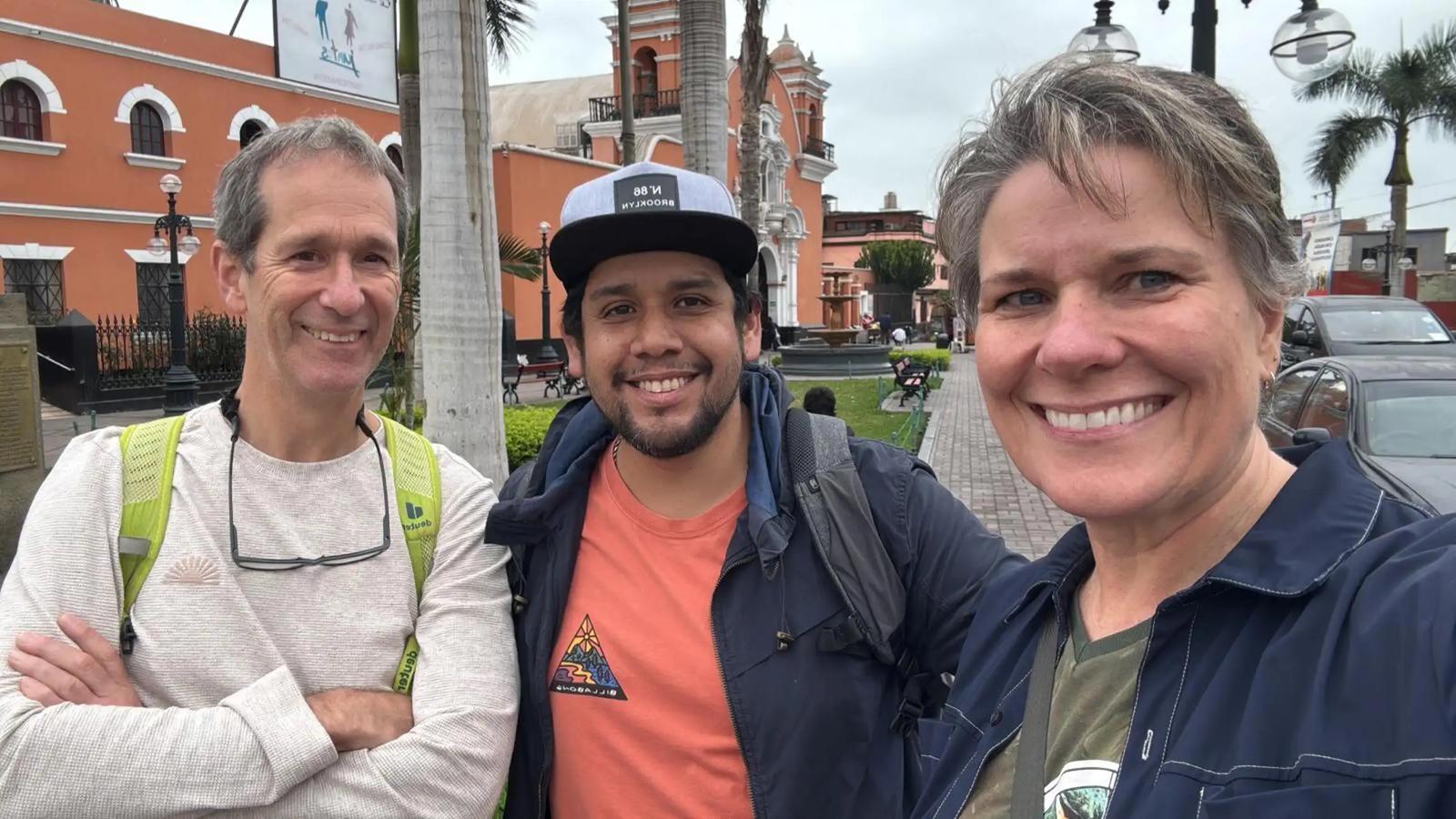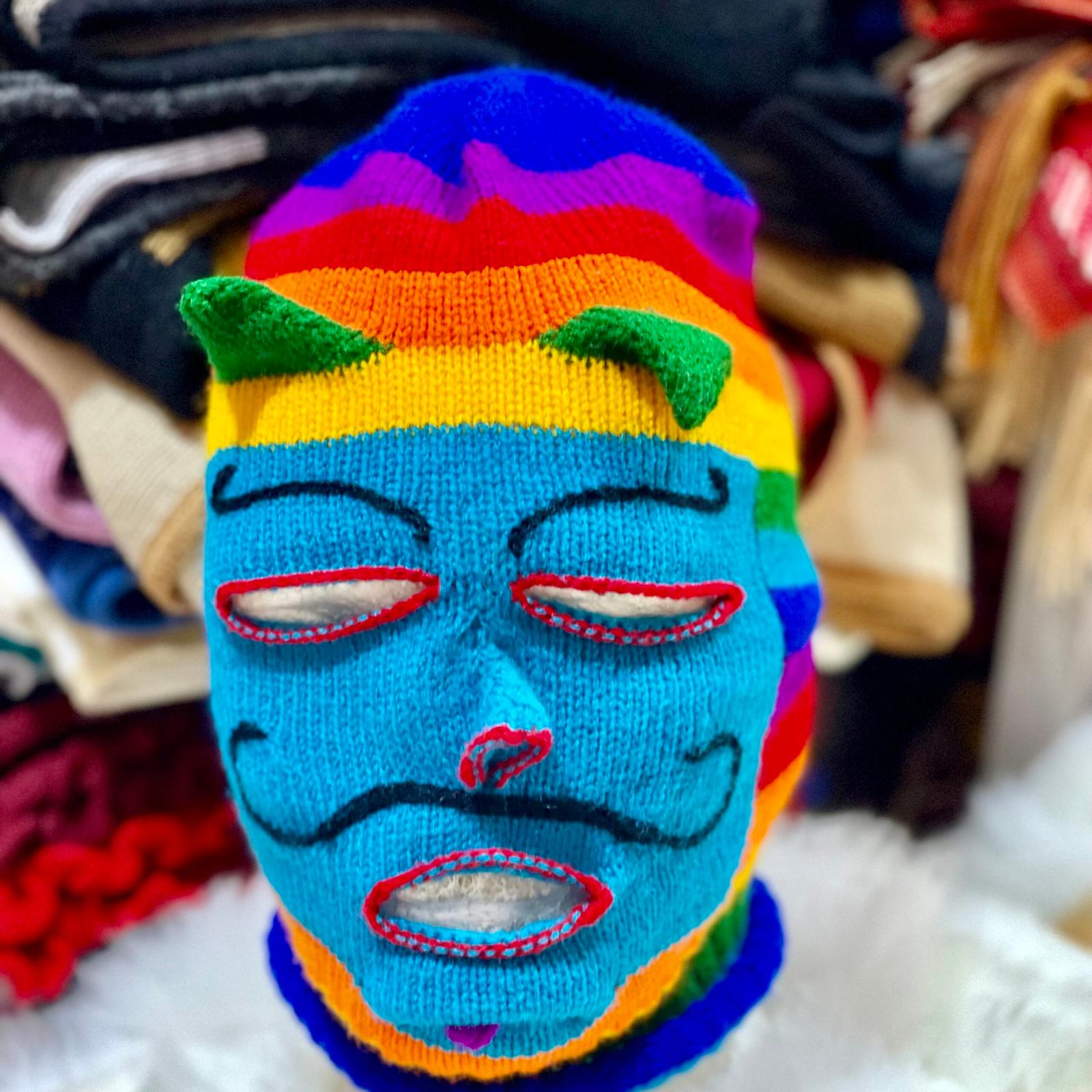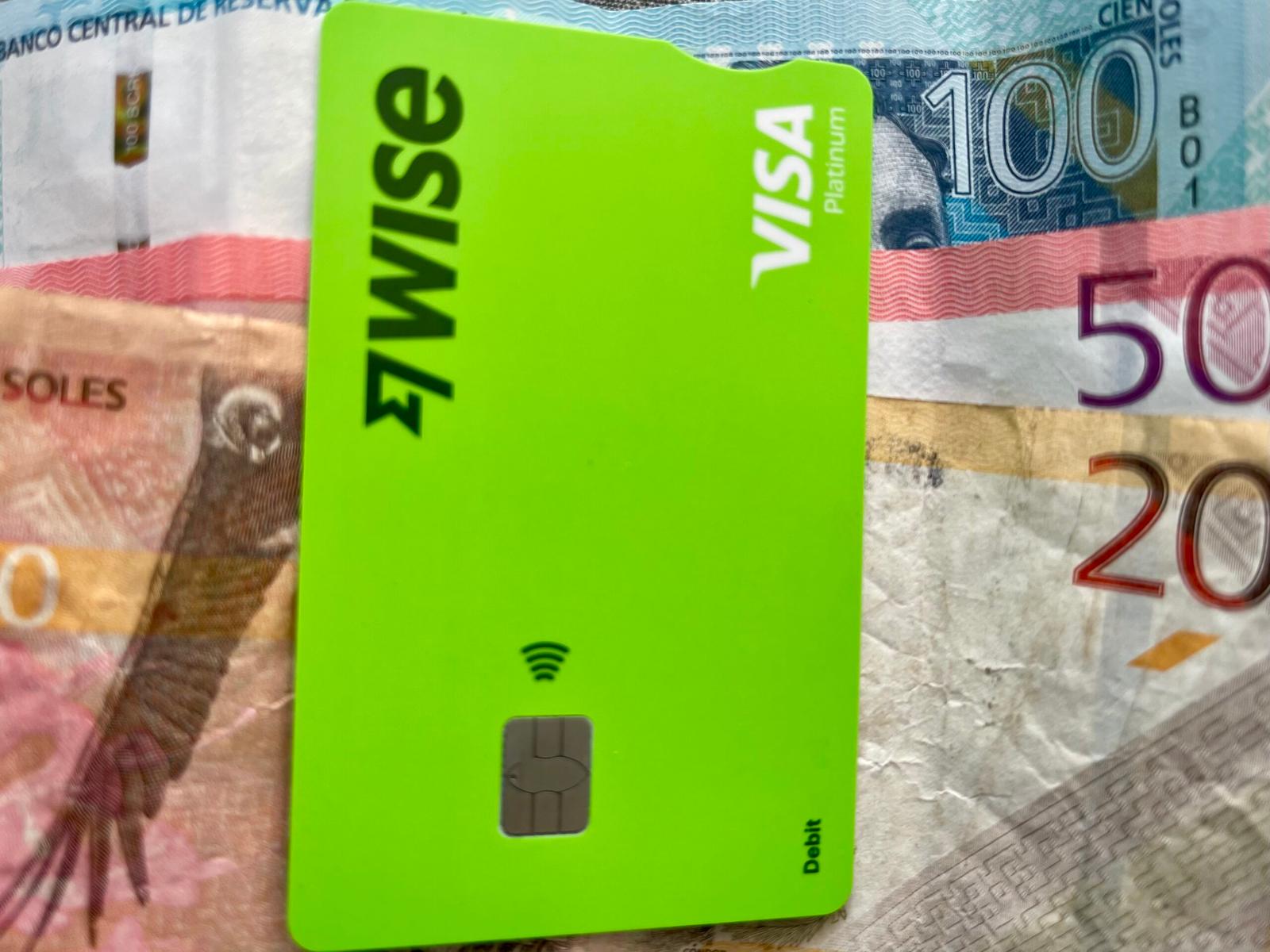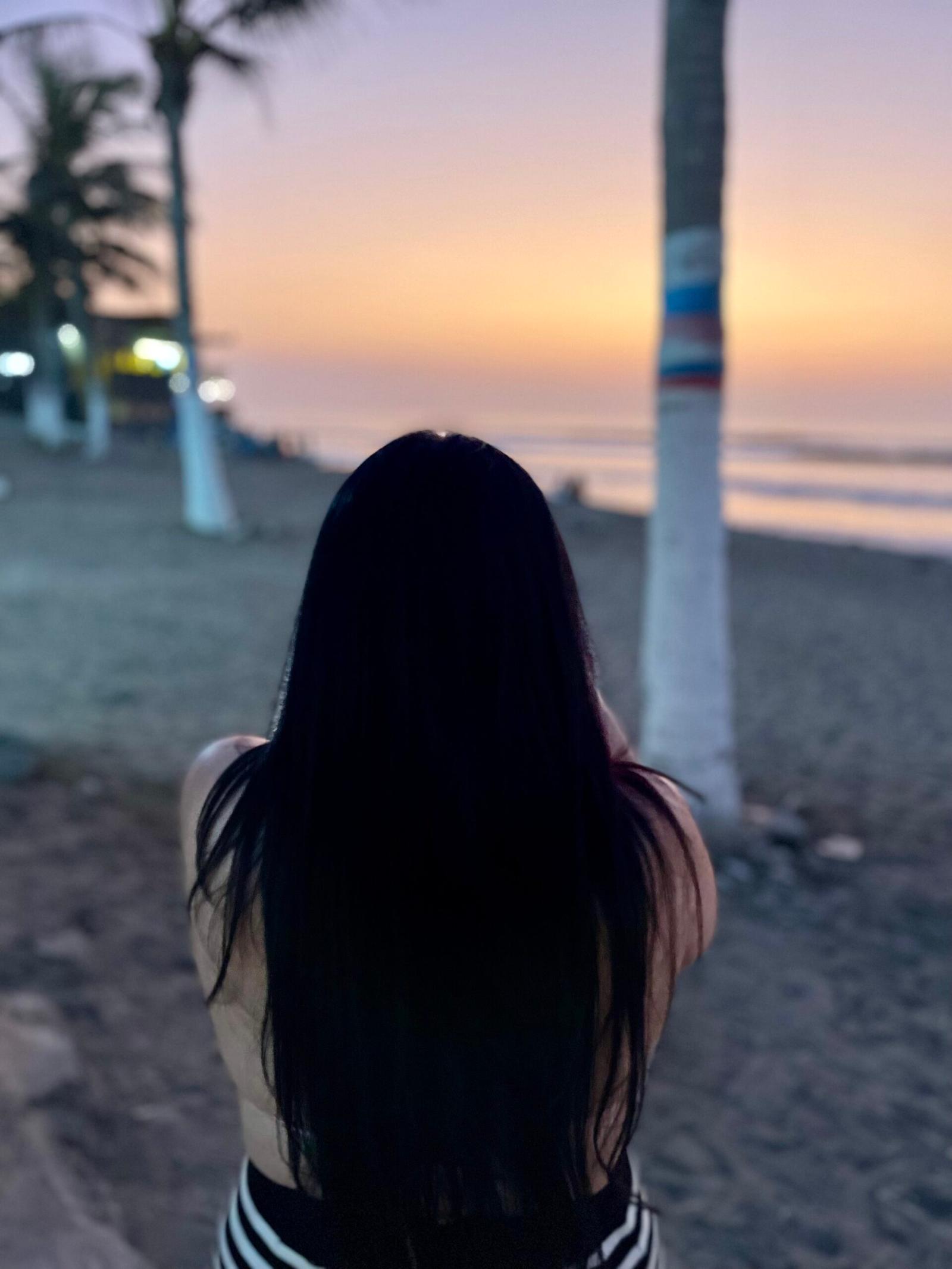The bronze fountain in Pueblo Libre’s Plaza Bolívar is a significant historical artifact with a notable past. Cast in bronze, its elegant design reflects the aesthetic sensibilities of the late colonial period.
Its origins trace back to 1742. When the fountain was originally installed in Lima’s Plaza de Armas, the central and most important square of the colonial capital. This initial placement underscores its original prominence as a public utility and a decorative centerpiece in the heart of Spanish power in South America.

The fountain’s relocation to Pueblo Libre occurred in the 19th century. This move was directly linked to the growing importance of Pueblo Libre (then known as Magdalena Vieja).
As Lima expanded and the district of Pueblo Libre began to flourish as a residential and historical area, the need for civic beautification and symbols of its burgeoning status increased.
The bronze fountain, no longer essential to the evolving grand design of the Plaza de Armas, was therefore transferred to Pueblo Libre. Becoming a central feature of its principal square and reflecting the Pueblo Libre district’s rising prominence within the greater Lima area.
Historical Significance of Plaza Bolívar and its Environs
Beyond the fountain itself, Plaza Bolívar and its surrounding area hold immense historical weight, particularly during critical periods in Peruvian history.
During the War of the Pacific (1879-1884), Pueblo Libre served as the seat of the Peruvian government, a testament to its strategic importance and relative safety during the conflict.
The Quinta de los Libertadores (Magdalena Palace), prominently located on Plaza Bolívar, further solidifies the area’s historical significance. This very building was the home in Peru for two of South America’s greatest liberators: Simón Bolívar and José de San Martín.
Their presence here underscores the palace’s role in the formative years of Peruvian independence. During the aforementioned War of the Pacific, the Quinta de los Libertadores also served as the seat of government for Peru, highlighting its continued importance as a center of national authority during times of crisis.

Other Nearby Tourist Attractions
The park, fountain, National Museum and the Quinta de los Libertadores are the primary draws for tourists. Yet, Pueblo Libre offers additional historical context:
- Museo Larco: A short distance away, this museum boasts an impressive collection of pre-Columbian art.
- Complejo Arqueológico Mateo Salado: Also within Pueblo Libre, this significant pre-Columbian archaeological site provides insight into ancient Lima.
- El Ombú: El Ombú was famously planted by General José de San Martín himself in 1821. It’s referred to as ‘Arbol de la Bella Sobra’. Or in english, the ‘tree of the beautiful shadow’.
These surrounding sites, alongside the bronze fountain and the deeply historic Plaza Bolívar, collectively offer a comprehensive look at Peru’s rich and often turbulent past.

